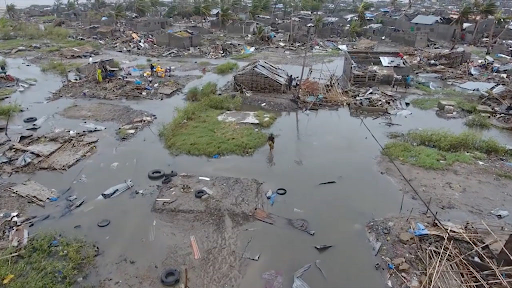Colleges to Reopen Amidst COVID-19
Universities are finally deciding that they want to reopen fully in the fall of 2021, as long as students and faculty are vaccinated. This will test whether coronavirus has been spreading within campuses, or due to extrinsic factors.
There’s been somewhat of urgency in the return back to normalcy, especially within the college community. It’s risky but many institutions are worried about losing a young generation of students due to the pandemic. Some students worry that delaying the start of their education could lead to never even working towards obtaining a degree. On the financial side, universities that rely on tuition would struggle even more without a full return. Enrollment rates have decreased greatly in the last year, and many universities felt the loss of income from in-person services like campus housing and dining. Thankfully, Congress is in the process of approving stimulus money. Under President Biden’s proposal, colleges would receive thousands of dollars to make up for the lack of income over the past year.
There are many colleges that have decided to take such a step, from large state institutions to smaller private ones. Ohio State announced that they want students to begin attending events live once more. Another school, Bradley University, has decided that they want to return to traditional residential education. Kansas State University has also decided that they want a more normal fall student experience as well. The last school, New York University has decided that they are also aiming to have a fully in-person staff so that students could learn in classrooms.
Obviously, even though a completely normal year would be ideal, it’s not the most attainable. There will be some things cut out of a normal year, out of concern for safety, such as football games and tailgating. However, the majority of the learning experience will still be in-person with the occasional virtual students.
Nonetheless, as expected, all of this heavily relies on the vaccination rollout process. The vast majority of the campus population needs to have been vaccinated for this to successfully occur. Moreover, there must be various precautions in place. There would obviously need to be frequent testing and contact tracing for students. Universities also plan for lots of isolation and social distancing on campus as well as quarantine rooms available for all those exposed.
A full return would also help to figure out whether the infection spikes are due to on-campus gatherings or if they’re widely attributed to congregations outside of the university. Many colleges that didn’t even return to classes in person, but had students studying virtually on campus, still witnessed outbreaks. Regardless, other outbreaks were due to students hanging out outside of class. Many believe that transmission rates within the classroom, where students are masked and socially distanced, are low and not the cause of increased positivity rates. Even other schools didn’t witness very many cases at all. The situation varied and was often a case-by-case scenario. The COVID-19 reopening plans for universities are still a work in progress, and various schools are still undecided as to how they will be teaching come the fall of 2021. These plans are often subject to change as vaccines and cases both have the potential for changes in the coming months.










